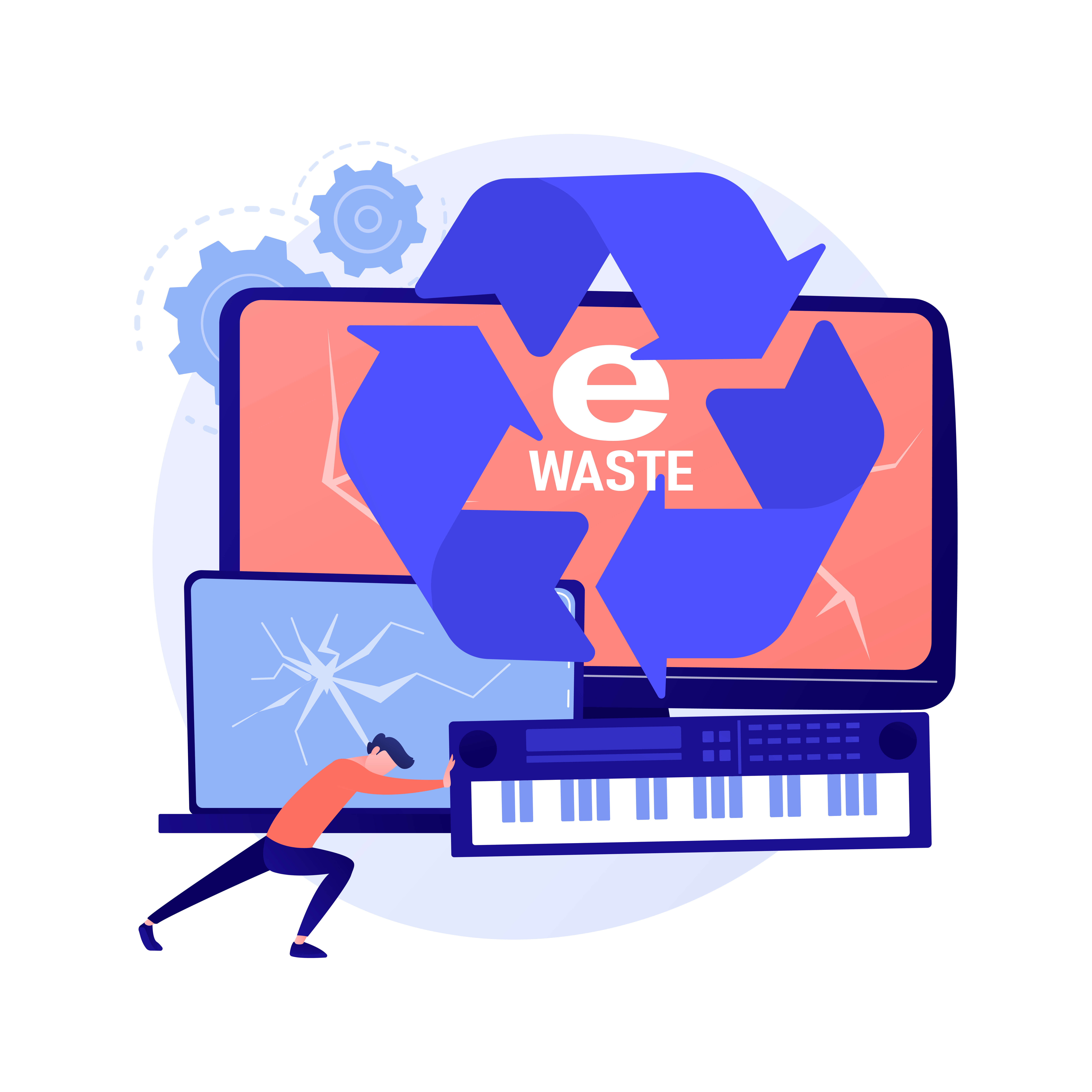WEEE and e-waste – obligations for packaging producers and sellers

What is the WEEE Directive?
Waste electrical and electronic equipment is one of the fastest-growing sources of waste. Only a small portion is recycled, while much ends up in landfills, creating serious environmental risks.
To reduce e-waste and unify regulations on its collection and treatment, the European Parliament and Council introduced the WEEE Directive. It replaced Directive 2002/96/EC of 27 January 2003 on waste electrical and electronic equipment. The main goal is to minimize the environmental impact of e-waste and improve resource efficiency.
How does the WEEE Directive affect the e-waste market?
The WEEE Directive sets the basic rules for collecting, processing, and recycling waste electrical and electronic equipment. It emphasizes the importance of sustainable production and the need to reduce the volume of e-waste entering the market.
The Directive also promotes repairing damaged devices, giving unused equipment a “second life,” and recycling raw materials. It introduces collection systems that allow consumers to dispose of e-waste without additional charges.
What are the obligations of importers and packaging producers under the latest legal provisions?
The WEEE Directive primarily concerns producers of electrical and electronic equipment. Under the latest regulations, they are responsible for their products throughout the entire lifecycle, including the packaging. Cardboard containers and plastic boxes are treated as product components placed on the market and, like e-waste, fall under specific rules.
The Directive promotes reduction, recycling, and reuse principles in relation to packaging as well. According to its provisions, boxes and containers must be collected separately and properly processed. It also requires importers and packaging producers operating in the European Union to design products sustainably, making them easier to reuse or recycle.
What are the consequences of non-compliance with the WEEE Directive?
Failure to comply with the WEEE Directive can lead to serious financial and legal consequences. Under current regulations, EU member states are required to impose effective sanctions on entities that do not follow legal standards. These sanctions may include fines and penalties issued by administrative bodies and courts, and in some cases, even withdrawal of products from the European market.
WEEE Directive – be aware of your obligations as a packaging producer and seller
The WEEE Directive applies to many entities involved in the production, import, and distribution of electrical and electronic equipment within the European Union. It also indirectly places obligations on packaging producers and sellers, since packaging, like e-waste, falls under the principles of reduction, recycling, and reuse of materials. As a result, the WEEE Directive affects not only large corporations but also locally operating companies. Understanding its provisions is essential to avoid severe penalties.